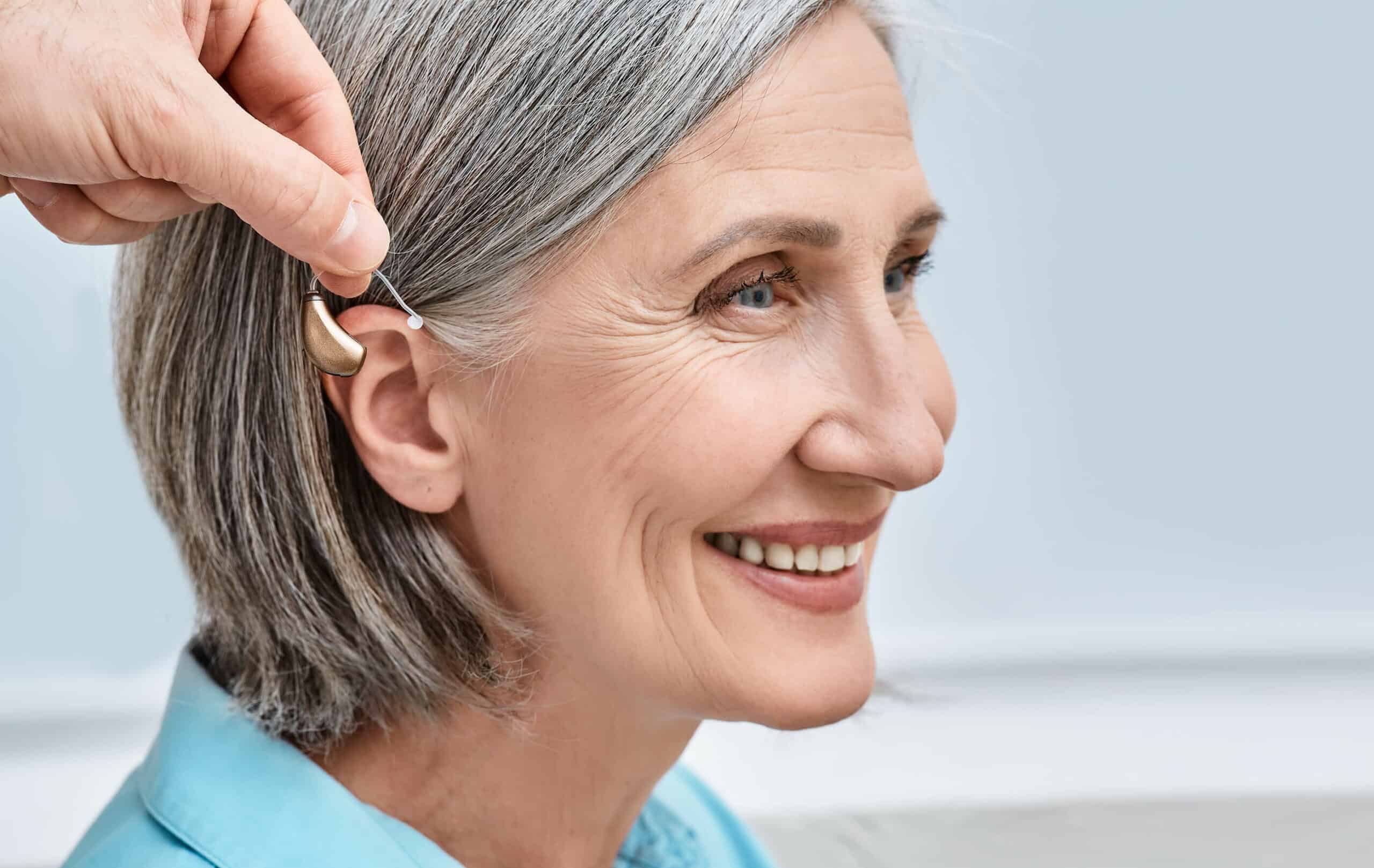
For many individuals with hearing loss, the decision to wear hearing aids can be a significant and life-changing one. While the prospect of regaining lost hearing ability is undoubtedly exciting, it’s natural to have questions and uncertainties about what wearing hearing aids will be like. In this blog post, we’ll explore the experience of wearing hearing aids, from the initial adjustment period to the long-term benefits they can provide.
Adjustment Period
For most people, wearing hearing aids involves an adjustment period as they acclimate to the new sounds and sensations. At first, sounds may seem louder or different than they remember, which can be both overwhelming and exhilarating. Everyday noises like footsteps, birds chirping, or the rustling of leaves may suddenly become more audible, sometimes taking wearers by surprise. It’s essential to give yourself time to adjust and gradually ease into wearing your hearing aids regularly.
Improved Communication
One of the most significant benefits of wearing hearing aids is the improvement in communication that they can provide. Whether it’s engaging in conversations with loved ones, participating in social gatherings, or communicating in professional settings, hearing aids can help individuals hear more clearly and accurately, making interactions more enjoyable and meaningful. Many wearers report feeling more confident and connected to the world around them with the help of their hearing aids.
Enhanced Quality of Life
Wearing hearing aids can significantly enhance the overall quality of life for individuals with hearing loss. By improving communication and reducing feelings of isolation or frustration, hearing aids can empower wearers to fully engage in the activities and experiences they enjoy. Whether it’s enjoying music, attending live events, or simply having conversations with friends and family, hearing aids can open up a world of possibilities and enrich everyday life.
Comfort and Convenience
Modern hearing aids are designed with the wearer’s comfort and convenience in mind. They come in a variety of styles, from discreet behind-the-ear models to nearly invisible completely-in-the-canal options, allowing individuals to choose the style that best fits their preferences and lifestyle. Many hearing aids also feature advanced technology and customizable settings, making them easy to adapt to different environments and listening situations.
Maintenance and Care
Like any electronic device, hearing aids require regular maintenance and care to ensure optimal performance and longevity. This may include daily cleaning to remove wax and debris, changing batteries or recharging rechargeable hearing aids, and scheduling periodic check-ups with a hearing care professional. By following proper maintenance and care guidelines, wearers can maximize the lifespan of their hearing aids and enjoy consistent performance.
Overcoming Challenges
While wearing hearing aids can be a positive and transformative experience for many individuals, it’s essential to acknowledge that there may be challenges along the way. Adjusting to wearing hearing aids in noisy environments, dealing with occasional feedback or discomfort, or navigating social stigmas associated with hearing loss are all potential challenges that wearers may face. However, with patience, perseverance, and support from loved ones and hearing care professionals, these challenges can be overcome.
Wearing hearing aids can be a rewarding and empowering experience for individuals with hearing loss. From the initial adjustment period to the long-term benefits they provide, hearing aids can improve communication, enhance quality of life, and open up a world of possibilities for wearers. By understanding what to expect and taking proactive steps to care for their hearing aids, individuals can embrace their journey to better hearing and enjoy all that life has to offer.
